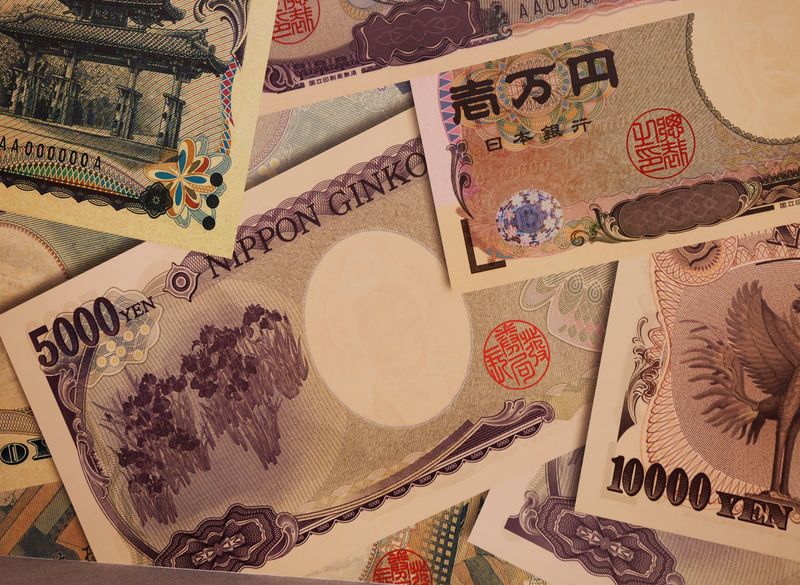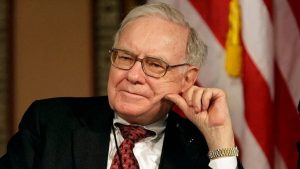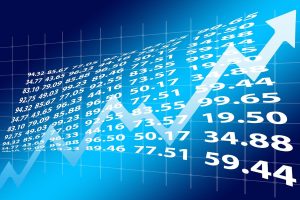
By Rae Wee and Harry Robertson
SINGAPORE/LONDON (Reuters) -The yen rose on Monday in a boost from upbeat Japanese growth data, while the dollar hovered near its lowest in two months after investors dialled down their bets on U.S. tariffs.
The dollar last traded down 0.58% against the yen at 151.44 after data showed Japan’s economy grew more than expected in the fourth quarter on improved business spending and a surprise rise in consumption.
That cemented the case for more rate hikes from the Bank of Japan this year. Markets are now pricing in roughly another 37 basis points worth of increases by December.
“The key takeaway for us is that the nominal household consumption grew significantly faster than real consumption and their divergence remained wide, which may activate the BOJ’s inflation fighting mode,” said Krishna Bhimavarapu, APAC economist at State Street Global Advisors.
“At the very least, this data removes the fears of stalling consumption, and is positive for the BOJ to deliver another hike, which could now come sooner rather than later.”
In the broader market, the dollar was struggling to recoup its losses after a selloff on the back of Friday’s weak U.S. retail sales data and as investors cheered a delay in the implementation of President Donald Trump’s reciprocal tariffs.
U.S. stock and bond markets were closed, with traders off for Presidents’ Day, although the dollar was still trading on international markets.
The dollar index last stood at 106.76, flat on the day, after tumbling 1.2% last week. It fell to 106.56 on Friday, its lowest since mid-December.
GEOPOLITICS IN FOCUS
Geopolitics remained in focus with reports that talks aimed at ending the Russian-Ukraine conflict will begin in Saudi Arabia this week.
The euro was last down 0.1% at $1.0482, having traded at its highest in two weeks on Friday at around $1.051.
Sterling was up 0.1% at $1.2596, after hitting a two-month high of around $1.263 on Friday.
“The dollar weakness… was a function of both ongoing optimism that maybe tariffs are not going to be as disruptive as originally thought – that of course, remains to be seen, the Ukraine story is still bubbling in the background there,” said Rodrigo Catril, senior FX strategist at National Australia Bank.
“And then the data, of course, playing to the idea that maybe the U.S. exceptionalism is running out of steam, so it’s weighing on the U.S. dollar.”
The Australian dollar rose to a two-month high against a weaker dollar and last bought $0.6366, ahead of a rate decision from the Reserve Bank of Australia (RBA) on Tuesday.

